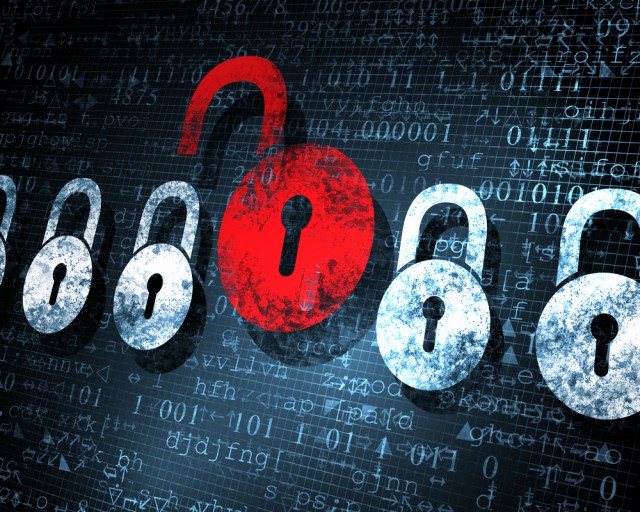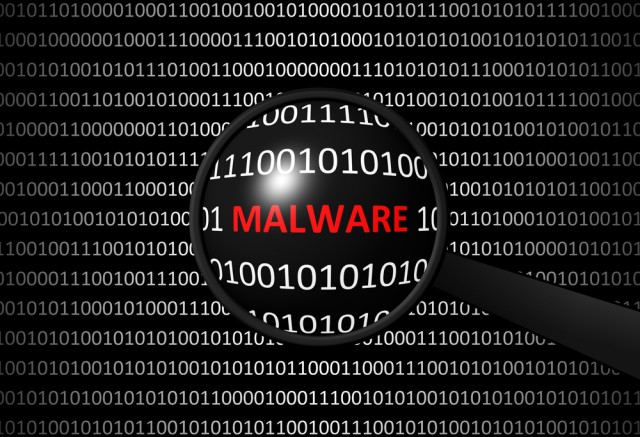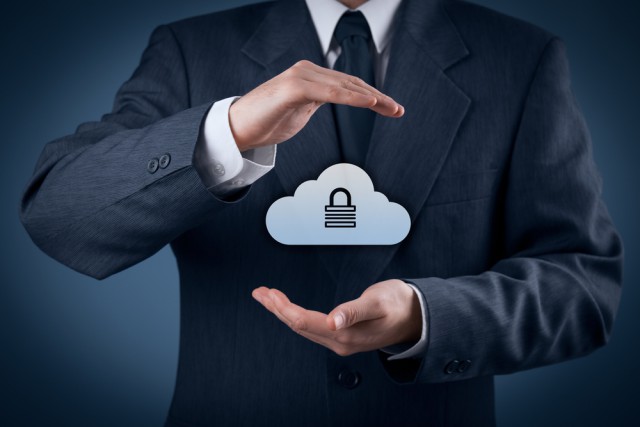
Why security teams should prepare to slay the three-headed dragon [Q&A]
Governments, utilities and other key industries are prime targets for attack including from nation state actors and cybercriminals seeking to extract a ransom.
But David Anteliz, technical director at Skybox, believes that given the increase in tensions across the world threat actors will evolve their tactics with the use of a 'three-headed dragon approach' that goes beyond the probing we have seen so far.

How endpoint security and management are consolidating [Q&A]
Securing endpoints used to be a simple matter of installing a firewall and antivirus solution and then keeping them updated.
But as threats have become more sophisticated, networks more complex and working patterns have shifted away from the office, securing and managing endpoints has become a much greater problem for enterprises.

Lateral movement: A crash course
Despite the fact lateral movement has been a frequent factor in security breaches for years, attackers still use it in the vast majority of cyber-attacks. Moving across cloud and on-premises applications and services -- threat actors escalate their way to often unprotected core technical assets -- dropping ransomware, stealing data, poisoning the supply chain and more.
Organizations must start thinking more broadly and implementing solutions to proactively detect and prevent lateral movement attacks in real-time.

Relying on CVSS scores for vulnerability management may be misguided
The latest vulnerability intelligence report from Flashpoint finds that 52 percent of all vulnerabilities reported in the first half of 2022 that were scored 10.0 -- the most severe level -- on CVSS are likely scored incorrectly.
When scoring, CVSSv2 guidelines take a 'score for the worst' approach if details of some of the metrics used are unclear. But the report points out this has resulted in many vulnerabilities being scored a 10.0, even though they are actually less severe, simply due to vendors providing fewer details.

Linux malware reaches an all time high
In the past cybercriminals have tended to shun Linux in favor of more widely used operating systems, but new data indicates that this trend is starting to shift.
Statistics from the Atlas VPN team show new Linux malware reached record numbers in the first half of 2022, with nearly 1.7 million samples being discovered. This puts it in second spot for the number of new samples even though it has only one percent of the OS market (not counting Android).

Cybercriminals go phishing for data in the social media pool
The latest quarterly report from NortonLifeLock's global research team, Norton Labs, looks at how cybercriminals are using social media phishing attacks to steal private information.
Based on analysis of a full year of phishing attacks on the top social media platforms, it finds plenty of fake login pages designed to trick victims into inputting their login credentials, but also a diversity and complexity of lures going far beyond that one technique.

60 percent of security pros say their strategy doesn't keep up with the threat landscape
A new survey reveals that 60 percent of respondents believe their overall security strategy does not keep pace with the threat landscape, and that they are either lagging behind (20 percent), treading water (13 percent), or merely running to keep up (27 percent).
The study from privileged access management specialist Delinea also shows that 84 percent of organizations experienced an identity-related security breach in the last 18 months, despite 40 percent of respondents believing they have the right strategy in place.

A third of employees don't understand the importance of cybersecurity
One in three employees doesn't understand the importance of cybersecurity at work according to new research from email security company Tessian.
In addition only 39 percent of employees say they're very likely to report a security incident, making investigation and remediation even more challenging and time-consuming for security teams. When asked why, 42 percent of employees say they wouldn't know if they had caused an incident in the first place, and 25 percent say they don't care enough about cybersecurity to mention it.

Addressing the cybersecurity talent shortage [Q&A]
Cyber threats are growing in volume and sophistication, but efforts to combat them are being hampered by a shortage of cybersecurity skills.
One way of meeting that shortage is to look at upskilling and retraining within the current workforce. We spoke to Apratim Purakayastha, chief technology officer at Skillsoft, to find out more about how using innovative learning solutions can deliver the skills businesses need.

Do we need a cyber NATO to address the changing threat landscape? [Q&A]
The threat landscape facing enterprises is changing constantly. In recent months, major vulnerabilities like Log4j and malware-based threats have demonstrated the need for organizations to move quickly in order to defend themselves.
Is the best way to stay on top of the most pressing threats to harness the power of the global cybersecurity community for defense in a sort of cyber NATO? We talked to SOC Prime CEO Andrii Bezverkhyi to find out.

Microsoft updates Windows 11 to block RDP and other brute force attacks by default
Microsoft has introduced a change to Windows 11 that makes it much harder to use brute force attacks to crack passwords. Starting with the latest Insider builds, there is a new account lockout policy in place by default.
The policy means that should an incorrect password be entered 10 times, the account will be locked for 10 minutes. While this does not make brute forcing impossible, by any means, it makes it much harder and more time consuming, boosting security in an important area.

Honor among cyber thieves, the professional side of the dark web
Much like the legitimate eCommerce world, trust and reputation have become essential parts of the cybercriminal trade. New research by HP Wolf Security finds 77 percent of cybercriminal marketplaces analyzed require a vendor bond -- a license to sell -- which can cost up to $3,000.
In other evidence of a professional approach, 85 percent of these sites use escrow payments, and 92 percent have a third-party dispute resolution service. Every marketplace provides vendor feedback scores too. Cybercriminals also try to stay a step ahead of law enforcement by transferring reputations between websites -- as the average lifespan of a dark net website is only 55 days.

IT and security leaders lack confidence in their ability to protect the cloud
A new study from secure access specialist Appgate based on research by the Ponemon Institute finds 60 percent of IT and security leaders are not confident in their organization's ability to ensure secure cloud access.
The survey of nearly 1,500 IT decision makers and security professionals worldwide sets out to examine the pain points experienced in securing cloud environments and how zero trust security methods can enable digital transformation.

Almost half of organizations suffer voice network attacks
A new survey shows that 47 percent of organizations have experienced a vishing (voice phishing) or social engineering attack via their voice networks in the past year.
The study by voice traffic protection specialist Mutare also finds most are unaware of the volume of unwanted phone calls traversing their network, or the significance of threats lurking in unwanted traffic, which includes robocalls, spoof calls, scam calls, spam calls, spam storms, vishing, smishing and social engineering.

Quantum computing and its impact on cybersecurity [Q&A]
Quantum computing with its vastly improved processing capability offers the chance of many positive developments in research and science. But it also represents a potential threat to our current encryption models.
How big is quantum's threat to cybersecurity? And should we be taking action on this now? We talked to Skip Sanzeri, QuSecure co-founder and COO, to find out.
